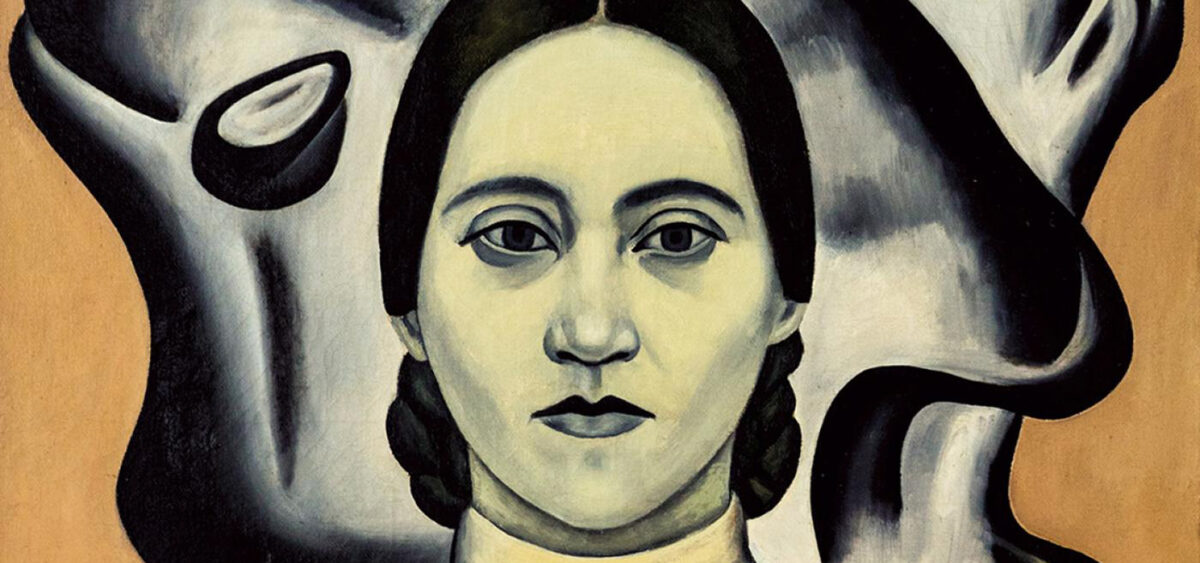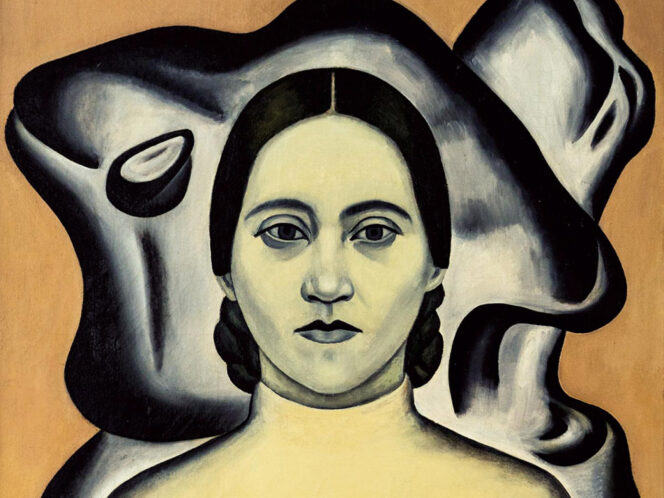
Have you ever heard of Wanda Chodasiewicz or Nadia Léger? Or maybe Madame Grabowska, Bauquier, or Petrova? All these names refer to one painter—today barely remembered.
The protagonist of today’s article had a lifelong identity problem. She was Polish, Russian, a French citizen, and, finally, Belarusian. She married three times and used at least five different surnames. She also changed her first names: she was Wanda, Nadzieja, and then Nadia. As an artist she practised completely different, sometimes opposing styles of painting. Still, she played a significant part in Polish art history.
Wandeczka—Strzemiński’s student
She was born as Wanda Chodasiewiczówna on September 23, 1904 at a home farm in Osetishche (part of modern-day Belarus). She was educated at the Alexandrian Institute for Noble Ladies in Tambov and the local girls’ gymnasium; in 1918 she started evening courses in drawing and painting at the Palace of Arts in Belyov. Finally, around 1920, she left for Smolensk, where she continued her education at IZO-studio—an art atelier at the local education department. In fact, IZO-studio was a branch of a group called UNOVIS (Champions of New Art), established by Kazimir Malevich in February 1920;








